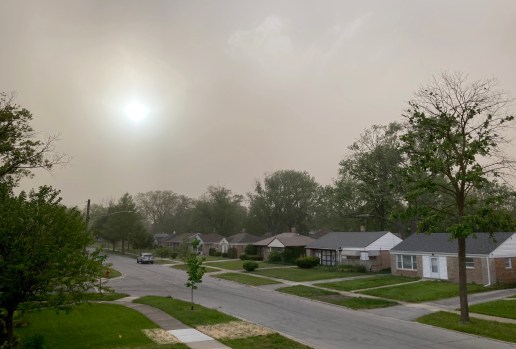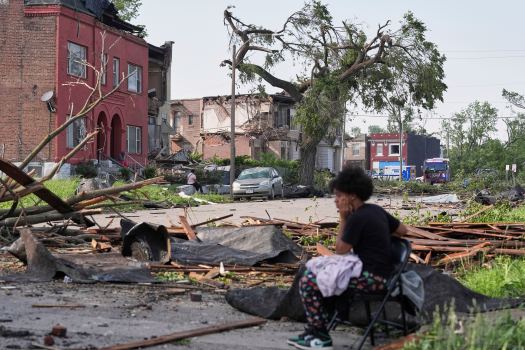Dust Storms in Chicago: Understanding Rare Weather Events and Staying Safe
Dust storms in Chicago are rare but can have serious consequences. In recent years, unusual weather patterns have created conditions for these powerful storms to form. Understanding what causes them and how to stay safe is essential for all residents of the Windy City and nearby areas.

What Causes Dust Storms in Chicago?
Dust storms occur when strong winds pick up loose dirt and debris from dry ground, carrying it over long distances. In the Midwest, especially near Chicago, these events are uncommon but can develop quickly during periods of drought or after heavy winds. For example, in May 2025, powerful thunderstorms in central Illinois lifted dust from farmlands and swept it toward urban areas. The rapid movement of the storm, traveling at speeds near 60 mph, created sudden and dangerous drops in visibility. Read more about the May 2025 event and its impact on local travel in the Chicago Tribune.
Impact on Health and Safety
Dust storms in Chicago pose several health risks. The fine particles in the air can trigger respiratory problems, especially for people with asthma or other conditions. During a recent storm, officials warned that visibility could fall from nearly perfect to almost zero within minutes. This creates hazardous driving conditions and increases the likelihood of accidents. According to weather officials, the safest option for motorists is to pull over, keep hazard lights on, and wait until visibility improves before continuing. Even major airports like O’Hare and Midway were temporarily shut down due to severe visibility issues. For a detailed account of these disruptions, visit the Daily Herald.
How to Stay Safe During a Dust Storm
If a dust storm warning is issued for Chicago or neighboring counties, take immediate precautions:
- Avoid driving unless absolutely necessary. If driving, stop as soon as it is safe to do so.
- Stay indoors and close windows and doors to keep dust out.
- Use air purifiers or air conditioning systems to maintain indoor air quality.
- People with respiratory illnesses should have medications on hand and limit outdoor activity.
- Listen to official weather updates to stay informed about changing conditions.
Dust Storm Preparedness in Chicago
While dust storms in Chicago remain rare, being prepared can make all the difference. Local and federal agencies routinely update residents about weather hazards and best safety practices. Stay tuned to reliable news sources such as NY Times coverage of the Chicago dust storm for the latest information when emergencies strike.

Conclusion: Stay Alert and Informed
Dust storms in Chicago may be unexpected, but they require serious attention. Staying updated on weather alerts, understanding the risks, and following safety recommendations can help protect you and your loved ones when these unusual storms strike. As weather patterns shift, being ready is more important than ever.